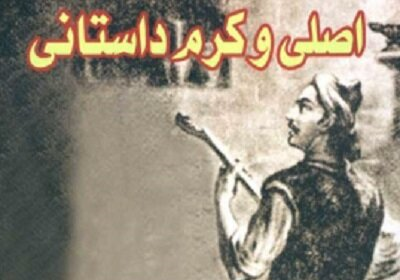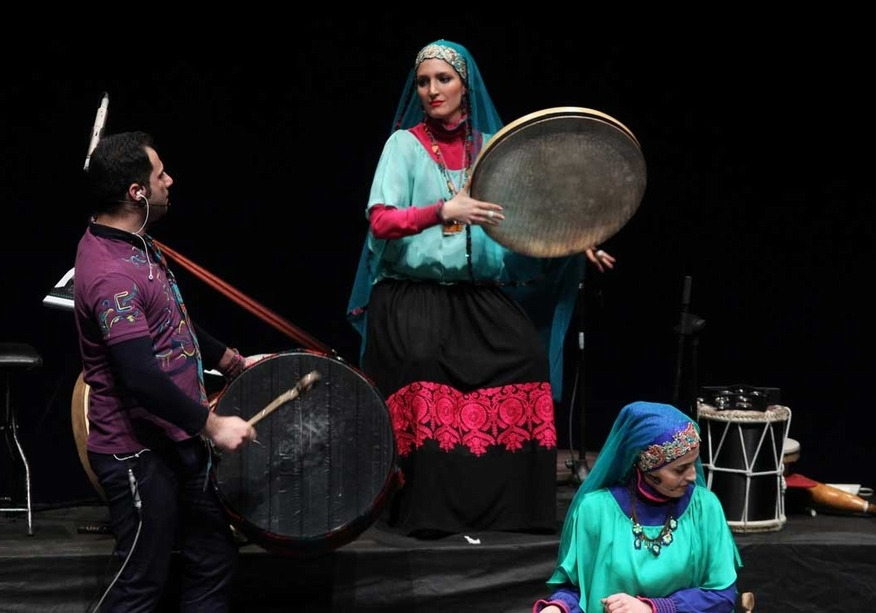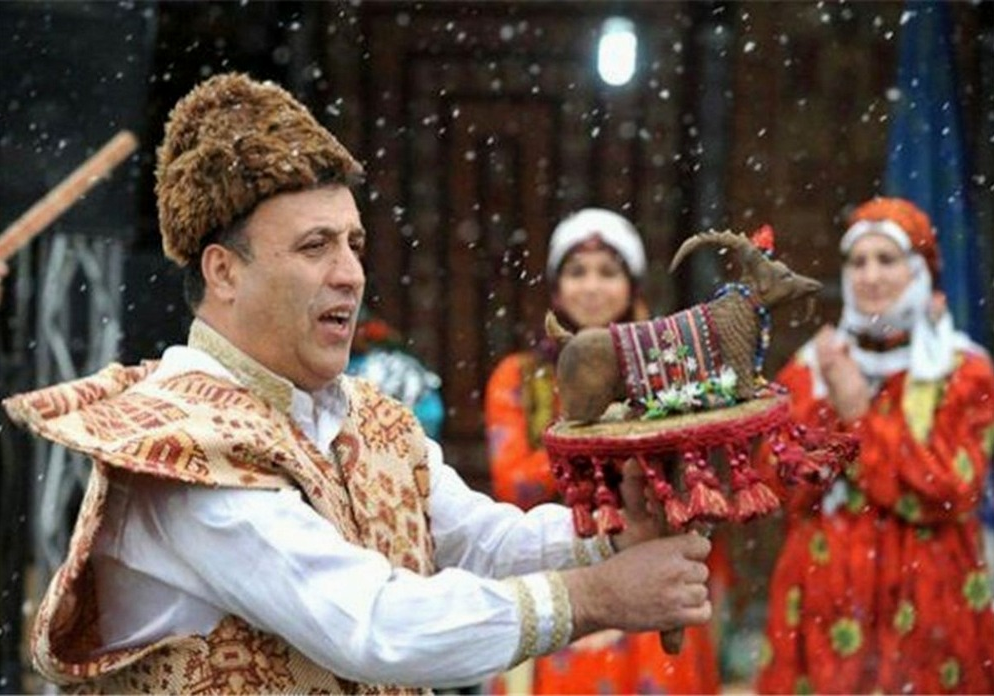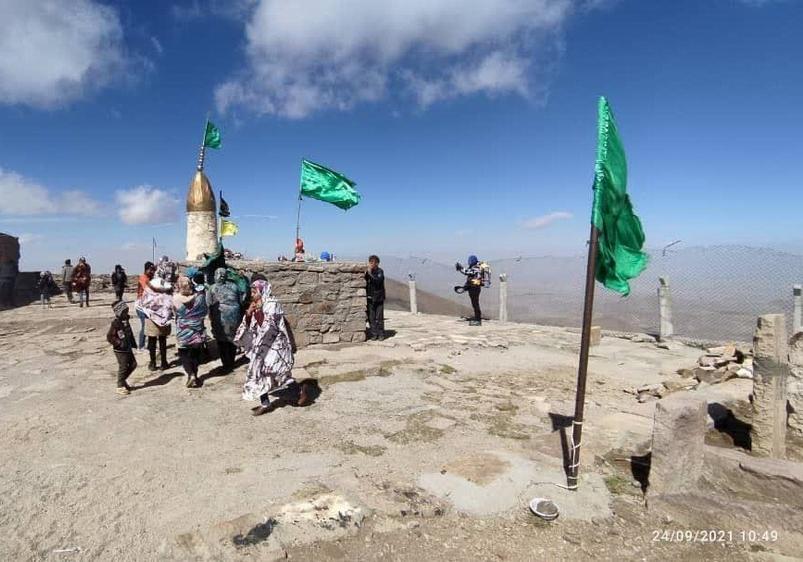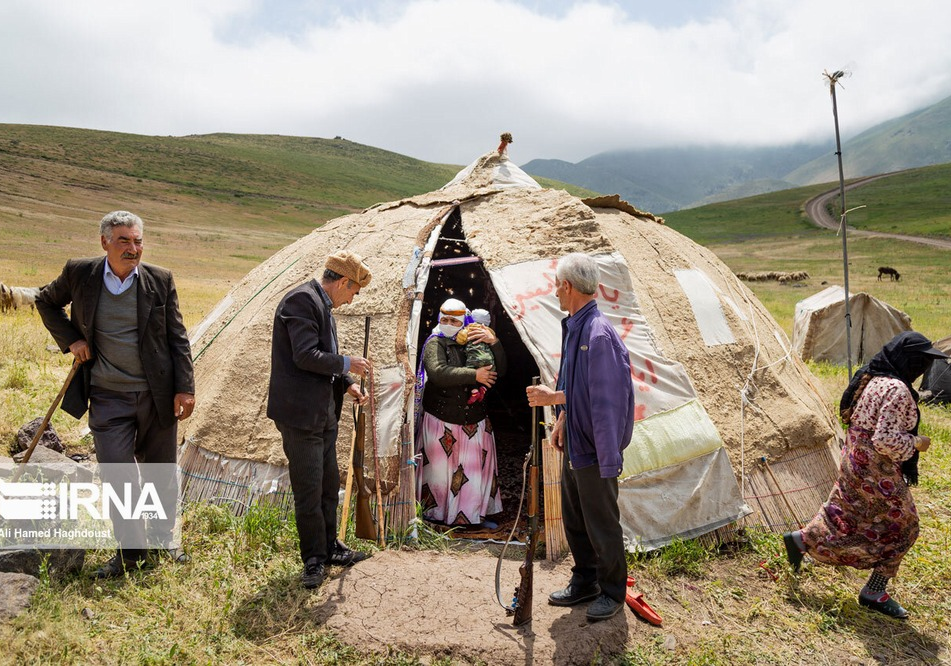
Kurdish Traditional Clothing
Different Iranian tribes and ethnic communities have created their own style of clothing in accordance with the geographical conditions of the region, customs, and culture. These clothes have evolved in such a way that they are both protective of people’s lives and bodies and have beautiful elements in them. But among all ethnic groups living in Iran, perhaps it can be claimed that the most beautiful clothing is that of Kurdish people.
History of Kurdish Clothing
Similar samples of today’s Kurdish clothing can be seen are the carvings at the entrance of Apadana Palace built during the Achaemenid period (550 to 330 BC). In the sculptures of this palace, a person in Kurdish clothes can be seen among those who had brought gifts to the king.
Features of Kurdish Clothing
One of the features of Kurdish clothing is covering the body from head to toe. Perhaps, among traditional Iranian clothings, Kurdish women’s clothing has no equal in terms of beauty and variety of designs and colors. These clothes may have up to 11 different components: shoes, pants, undershirts, shirts, vests, vests, waistcoats, ornamental handkerchiefs, turbans, scarves, and sometimes headbands are parts of Kurdish clothing, each of which may have several components.
Satin, velvet, net, and silk fabrics are usually used to make Kurdish women’s clothing. These fabrics are decorated with different kinds of sequins, tapestry, and beads.
Kurdish Women’s Clothing
• Jafi: Kurdish women’s pants, which are, like Kurdish men’s pants, wide at the top and narrow at the ankle. The jafi used for traditional ceremonies is different from the jafi worn in everyday work, but in any case, light cotton fabrics are used for making it. The Iranian Kurdish women of Kurmanj - a region in the northeast of the country - wear tighter pants and shorter dresses than the Kurds of the western regions.
• Kras: Kurdish women’s long shirt, which has a simple design and is worn along with several other pieces of clothing. The lower part of Kras is very wide and is usually sewn using expensive fabrics. In northeastern Iran, this type of shirt is shorter, and for this reason, a type of petticoat, which is a colorful dress that has so many pleats and sometimes up to 12 meters of fabric is used to sew it, is worn under it.
• Waist shawl: A waist shawl that is usually tied around the Kras is up to eight meters long and 40 cm wide.
• Kolonjeh: It is a type of vest that is considered one of the most luxurious and beautiful Kurdish garments and is very popular. This clothing has different names in different regions. For example, it is called “Sukhmeh” in Hawraman.
Kolonjeh has long sleeves that narrow at the wrist. The fabrics used for sewing the kolonjeh are crimson, jade, or red velvet. Navy blue embroidery, sequin embroidery, and bead embroidery are used for decorating this costume. At times a long dress called Qaba is worn on kolonjeh that reaches to the ankles.
Kurdish women usually wear patterned woolen socks and their shoes are decorated with a tassel. In the northeast of Iran, a shoe called “Kumakh” or “Timaj” is used, which is usually green, but its top and side are colored with colored silk threads.
Kurdish Nen’s Clothing
Kurdish men’s clothing can consist of 9 pieces: araqchin (a type of cap), headband, shirt, coat, vests, pants, socks, shoes, and waist shawl.
• Dameh-Qapan or Kurdish Trousers, which is also, like women’s pants, sometimes called “jafi”. The color of these pants is usually brown and, like women’s pants, it is tight at the ankles, but its waist is different in shape.
• Yel: A short top with long sleeves that reach to the wrist. Usually, a sleeve of samosa design is worn on the yale, which is a long white cloth that is wrapped around the hand from the elbow to the wrist.
• Waist Shawl: a long shawl that is usually 20 meters long and 30 to 60 cm wide, and is tied on the dress. The length of the waist shawl depends on the position and status of Kurdish men, and the elders of the tribes and important personalities wear longer shawls around their waists.
• Pastak: A type of vest for cold days of the year, which is made with wool or felt. Pastak does not have buttons and it does not close, and has a slit at the bottom.
• Giveh: Kurdish men’s footwear, which is usually white. Giveh is completely made by hand using natural raw materials.
• Shin pads: usually worn under the trousers in cold seasons of the year to protect the legs from cold and humidity, especially while crossing mountainous areas.
• Head Covering: Since Kurds believe that men’s heads should not be bare, they have various hats and headbands. Kalagheh is a long and mostly long black color cloth that is wrapped around the head. Kurdish hat is also used to cover the head, which is usually wrapped and secured with a black, red, or white piece of cloth.
Different Iranian tribes and ethnic communities have created their own style of clothing in accordance with the geographical conditions of the region, customs, and culture.
| Name | Kurdish Traditional Clothing |
| Country | Iran |
| State | Kurdistan |
| Type | National |
| Registration | Unesco |
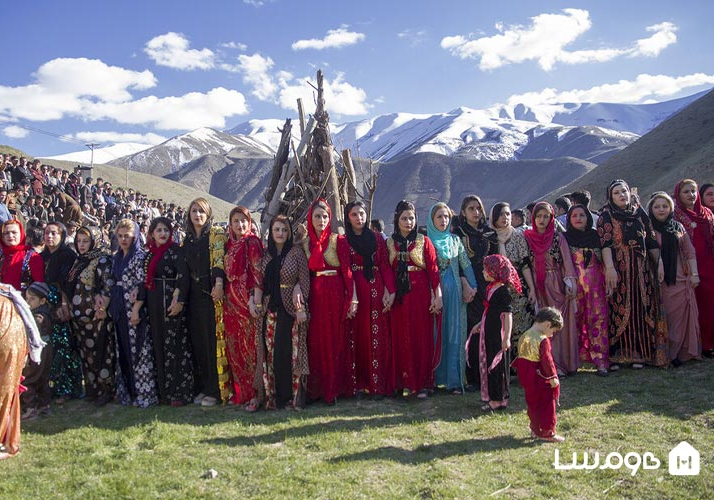

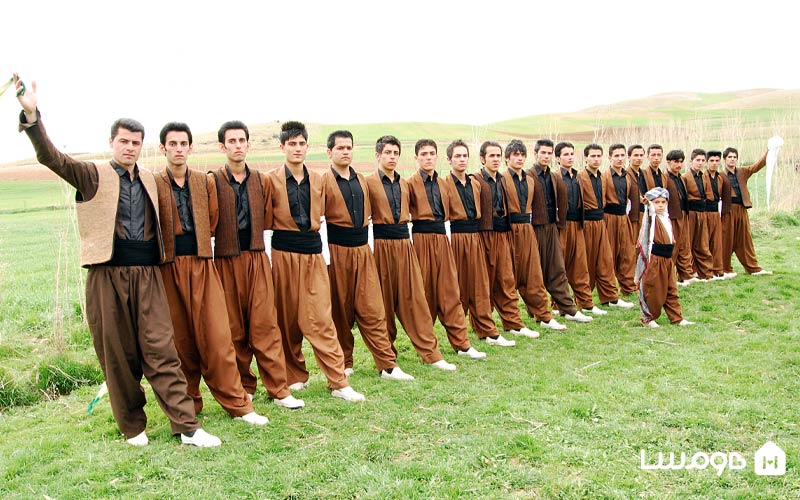



Choose blindless
Red blindless Green blindless Blue blindless Red hard to see Green hard to see Blue hard to see Monochrome Special MonochromeFont size change:
Change word spacing:
Change line height:
Change mouse type:
.jpeg)

.jpg)


